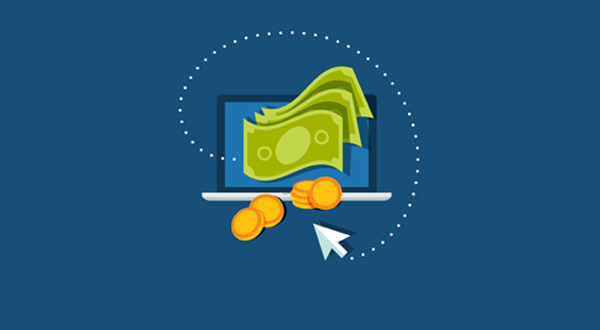Digitization of money is closely linked to the global population’s convenient access to the internet, the development of online payment tools, and rising technologies such as blockchain that coined the term digital money in the recent years.
We see the most interesting examples of money digitization in China. Most of my friends from different sectors traveling from Singapore to Shanghai don’t carry cash but use certain mobile apps such as AliPay and WeChat in order to cover travel expenses and other needs. Ironically, money as we know it today, in tangible paper and coin forms, was discovered by the Chinese inventors, who were today the first to abandon it on daily use. For example, when they chat with their friends, through a video game or digital ad on WeChat, a friend would recommend a chocolate treat by sending the link to the group. Whoever is interested to taste it would buy it on the spot and get it delivered within the hour. The whole operation of ordering, eating and even recommending to another group of friends will be completed in 1 hour only! In other words, all done digitally except the act of eating!
What about the impacts of money digitization on the payroll?
Datassist’s global partners ADP’s VP in charge of Global Product and Technology, Don Weinstein, shared his views on employees perspective on payroll and changing needs vis-à-vis technological advances, in an interview published on ADP’s website. The conventional payday’s excitement among employees is closely associated with its ritualistic components: HR officer walking around the desks at a certain time of the payday, handing out white envelopes with cash or cheques, in person, one by one. The very tangible and countable nature of money! Today with digitized pay it is almost impossible to get the same feel. Almost 15 years ago, right out of university, I worked at a telemarketing firm where I was getting paid bi-weekly. I will never forget the sweet excitement of the payday.
With digitization, pay naturally lost its human touch. Through direct deposit, salary became a number in our bank account. While personal touch diminished, managing personal finance became easier and faster, and compatible with the fast paced world we live in.
The ADP Research Institute’s study in 2018 reflect employees’ perspectives on pay. When one digs deeper into the study, it is evident that how employees are paid does not match with their financial needs. At times, employees payments do not at all correspond with pay periods. Today’s caring employers are looking into innovative payroll strategies such as flexible pay or personalized pay, where employees are not only paid on the payday but on an individual need based approach. According to the ADP study, employees with limited savings do appreciate being paid when needed, having access to their accumulated pay for the month or in-advance pay from the following month. This payroll strategy brings a new dimension to employees financial flexibility and helps them with their short term money management. In fact, it shouldn’t come as a surprise that the tribe of modern employees value flexibility in the way they get paid just like in the location and hours they work. Employers should find strategies to develop sustainable payroll models and encourage flexible pay as a crucial side benefit to their staff.
Ela Erozan Gürsel





